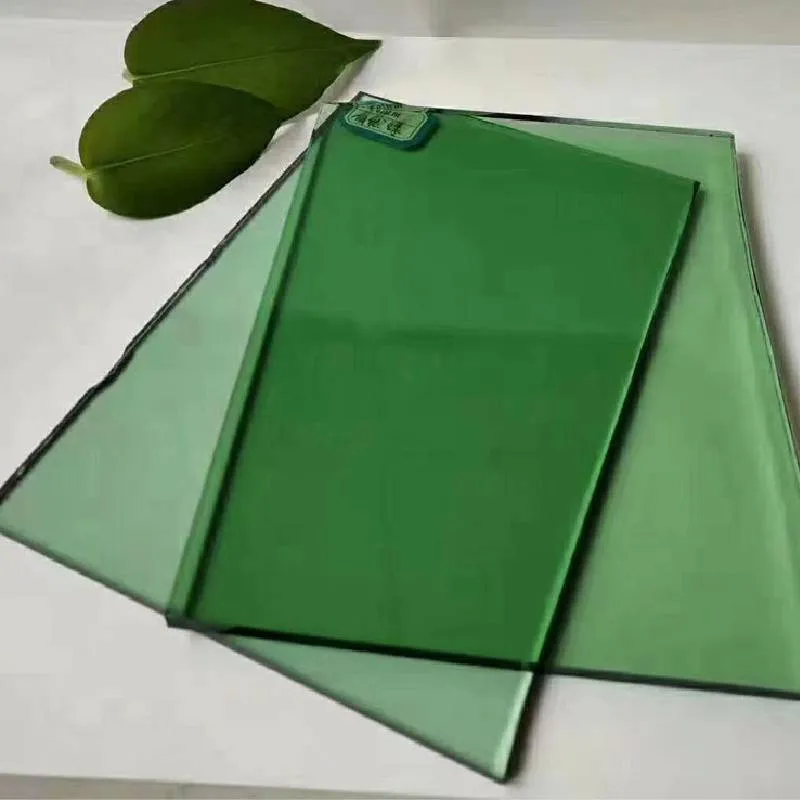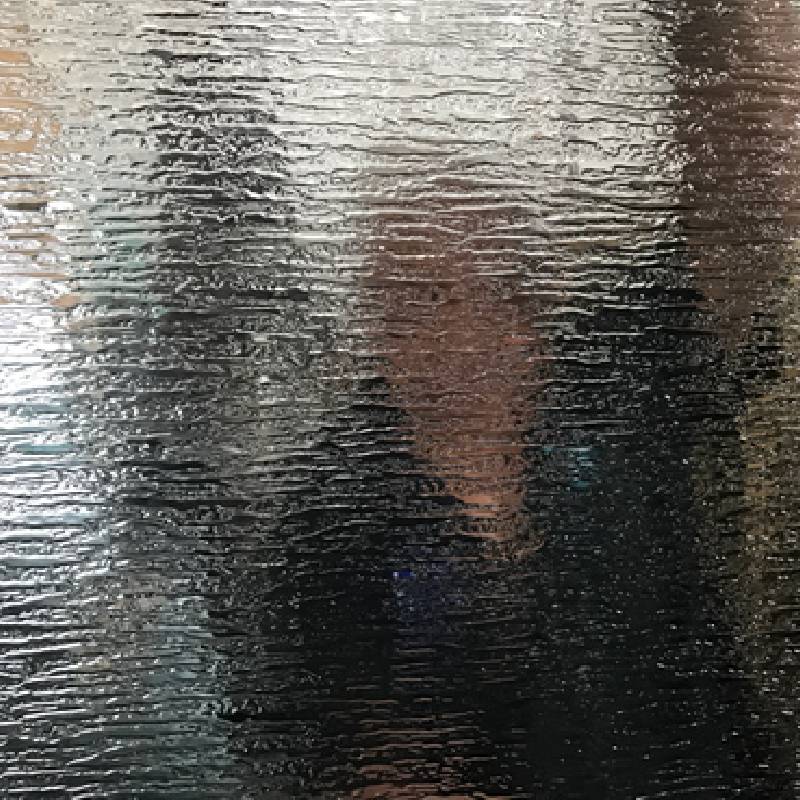Understanding the Diverse Categories of Tempered Glass An Expert's Insight

Tempered glass has become a staple material in various industries due to its enhanced safety and durability. Its usage spans from construction to consumer electronics, proving its versatility and adaptability. To fully appreciate the benefits of tempered glass, one must delve into its various categories and applications. Each category serves distinct needs, offering unique advantages that cater to specific industry requirements. Here's an expert breakdown of the different categories of tempered glass and how they enhance product performance and safety standards.
Clear Tempered Glass

Clear tempered glass is the most widely used category, providing unmatched transparency and strength. It's engineered through a process of extreme heating and rapid cooling, which increases its tensile strength and impact resistance compared to standard glass. The clarity of this glass makes it suitable for applications where visibility is crucial, such as in windows, doors, and display cases. Its robustness also ensures that in the rare event of breakage, it shatters into small, blunt pieces, significantly reducing injury risk.
Tinted Tempered Glass
For projects that require both aesthetic appeal and functionality, tinted tempered glass is an ideal choice. This category of tempered glass undergoes a coloring process that reduces glare and heat, providing energy efficiency without compromising on the aesthetic value. Commonly used in building facades and vehicle windows, tinted tempered glass not only adds a layer of privacy but also helps in maintaining indoor temperature, thus contributing to energy conservation.
Frosted Tempered Glasstempered glass categories
Privacy and elegance combine in the frosted tempered glass category. Unlike clear glass, frosted tempered glass has a matte finish, created either by sandblasting or acid etching. This process diffuses the light passing through, rendering the glass translucent. As such, it's commonly used in bathrooms and office partitions where privacy is paramount. Yet, it still allows for light to penetrate, maintaining an open and airy environment. Additionally, its tempered nature ensures robustness, making it a staple in both home and business settings for interior design.
Patterned Tempered Glass
Adding a creative touch to functionality, patterned tempered glass offers unique design possibilities. This category involves embedding patterns onto the surface of the glass, either as a design element or for functional anti-slip properties. Popular in shower screens, balustrades, and interior panels, patterned tempered glass allows architects and designers to personalize spaces while ensuring all safety standards are met. The process of tempering ensures these intricate designs withstand wear and tear over time.
Laminated Tempered Glass
Combining the strengths of laminated and tempered glass, this category offers unparalleled safety and sound insulation. Laminated tempered glass consists of two or more layers of tempered glass with an interlayer, often of polyvinyl butyral (PVB), in between. This composition not only heightens security by holding shards together if broken but also reduces sound transmission, making it ideal for settings requiring both privacy and peace, like recording studios and executive offices.
The multifaceted categories of tempered glass serve a myriad of industries, standing testament to its adaptability and essential nature in modern projects. Opting for the right category depends heavily on the intended application and specific needs – whether it's clarity for retail displays, energy efficiency for large buildings, or a blend of safety and aesthetics for interior design. As industries evolve, so do the innovations in tempered glass manufacturing, ensuring that it continues to meet the ever-changing demands of safety, functionality, and design. This understanding not only bolsters product efficacy but also establishes trust and authority in the market, paving the way for future advancements in glass technology.
 Afrikaans
Afrikaans  Albanian
Albanian  Amharic
Amharic  Arabic
Arabic  Armenian
Armenian  Azerbaijani
Azerbaijani  Basque
Basque  Belarusian
Belarusian  Bengali
Bengali  Bosnian
Bosnian  Bulgarian
Bulgarian  Catalan
Catalan  Cebuano
Cebuano  Corsican
Corsican  Croatian
Croatian  Czech
Czech  Danish
Danish  Dutch
Dutch  English
English  Esperanto
Esperanto  Estonian
Estonian  Finnish
Finnish  French
French  Frisian
Frisian  Galician
Galician  Georgian
Georgian  German
German  Greek
Greek  Gujarati
Gujarati  Haitian Creole
Haitian Creole  hausa
hausa  hawaiian
hawaiian  Hebrew
Hebrew  Hindi
Hindi  Miao
Miao  Hungarian
Hungarian  Icelandic
Icelandic  igbo
igbo  Indonesian
Indonesian  irish
irish  Italian
Italian  Japanese
Japanese  Javanese
Javanese  Kannada
Kannada  kazakh
kazakh  Khmer
Khmer  Rwandese
Rwandese  Korean
Korean  Kurdish
Kurdish  Kyrgyz
Kyrgyz  Lao
Lao  Latin
Latin  Latvian
Latvian  Lithuanian
Lithuanian  Luxembourgish
Luxembourgish  Macedonian
Macedonian  Malgashi
Malgashi  Malay
Malay  Malayalam
Malayalam  Maltese
Maltese  Maori
Maori  Marathi
Marathi  Mongolian
Mongolian  Myanmar
Myanmar  Nepali
Nepali  Norwegian
Norwegian  Norwegian
Norwegian  Occitan
Occitan  Pashto
Pashto  Persian
Persian  Polish
Polish  Portuguese
Portuguese  Punjabi
Punjabi  Romanian
Romanian  Russian
Russian  Samoan
Samoan  Scottish Gaelic
Scottish Gaelic  Serbian
Serbian  Sesotho
Sesotho  Shona
Shona  Sindhi
Sindhi  Sinhala
Sinhala  Slovak
Slovak  Slovenian
Slovenian  Somali
Somali  Spanish
Spanish  Sundanese
Sundanese  Swahili
Swahili  Swedish
Swedish  Tagalog
Tagalog  Tajik
Tajik  Tamil
Tamil  Tatar
Tatar  Telugu
Telugu  Thai
Thai  Turkish
Turkish  Turkmen
Turkmen  Ukrainian
Ukrainian  Urdu
Urdu  Uighur
Uighur  Uzbek
Uzbek  Vietnamese
Vietnamese  Welsh
Welsh  Bantu
Bantu  Yiddish
Yiddish  Yoruba
Yoruba  Zulu
Zulu 


